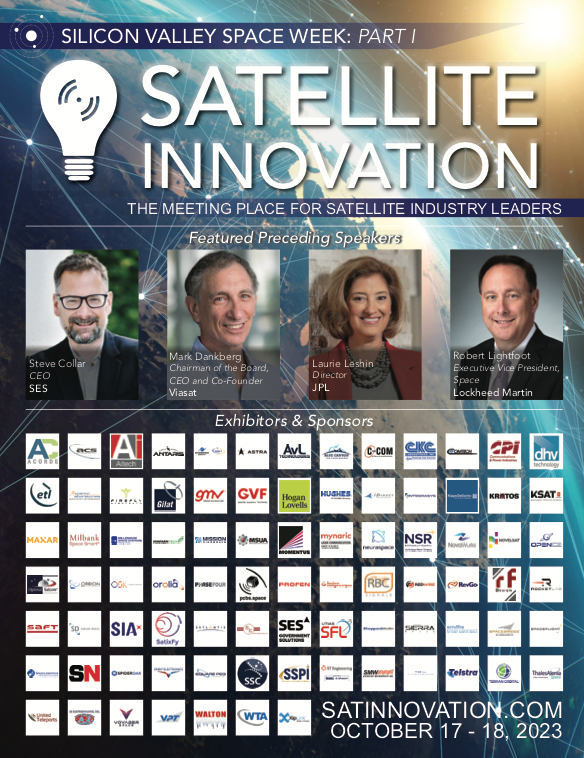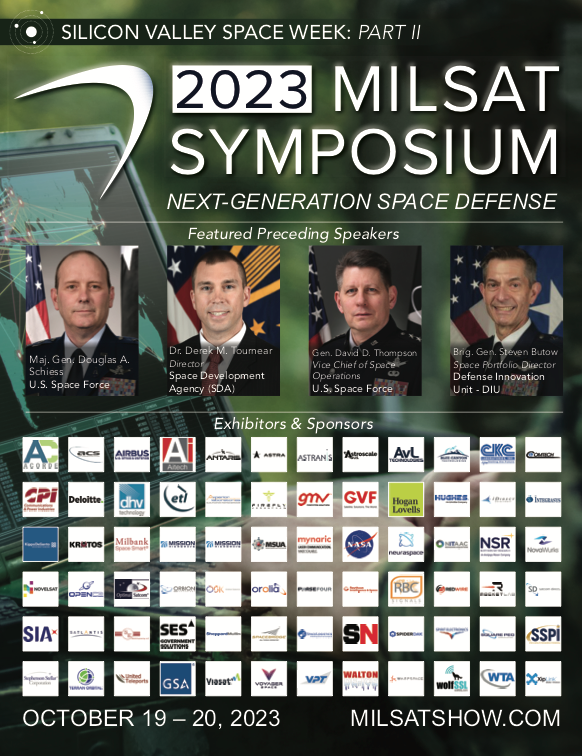SpaceX launches Intelsat IS-40e and NASA’s TEMPO
Success as a SpaceX launch took place Friday, April 7th., of the Intelsat IS-40E mission to GEO from Space Launch Complex 40 (SLC-40) at Cape Canaveral Space Force Station in Florida to a geosynchronous transfer orbit (GEO).
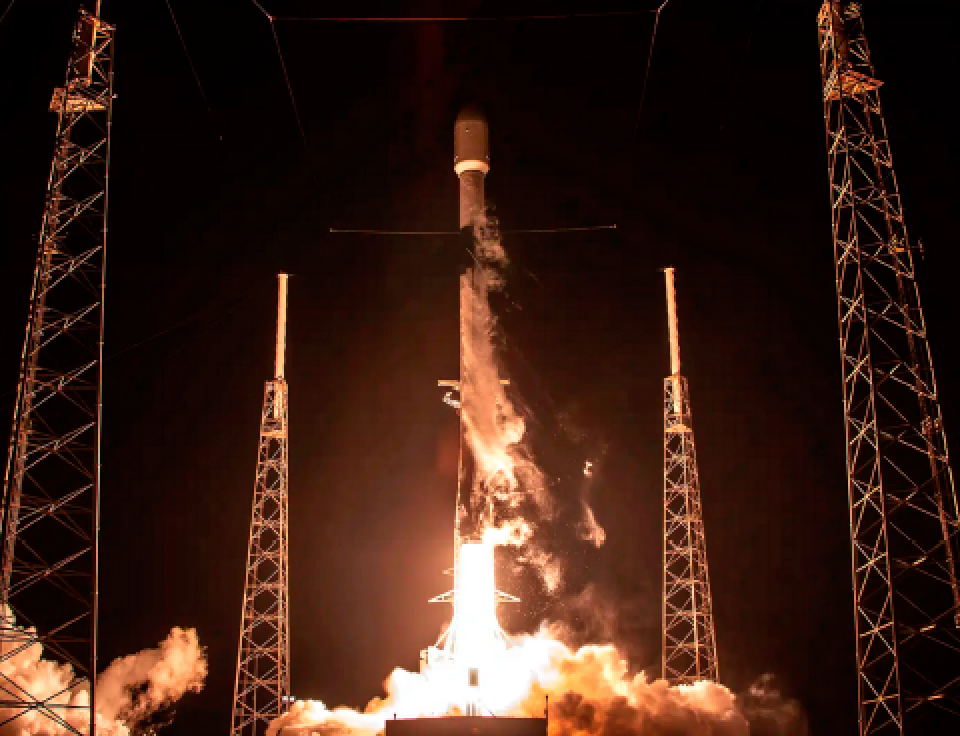
Intelsat 40e (IS-40e), manufactured by Maxar, will provide focused coverage over North America for commercial aviation, mobility, and networks customers, and will monitor and track air pollution across North America with NASA’s hosted payload TEMPO.
Intelsat-40e is hosting NASA’s climate payload called Tropospheric Emissions Monitoring of Pollution (TEMPO).
GEORIX, developed by Beyond Gravity (formerly RUAG Space), delivered this geostationary navigation receiver, and an antenna to Maxar in 2021. The receiver precisely determines a satellite’s position in orbit.
Maxar installed GEORIX on IS-40E and this unit will help TEMPO determine where it is in orbit as it measures atmospheric gases — including ozone, nitrogen dioxide and formaldehyde, and aerosols — over North America. Data collected by TEMPO will help improve air quality forecasting.
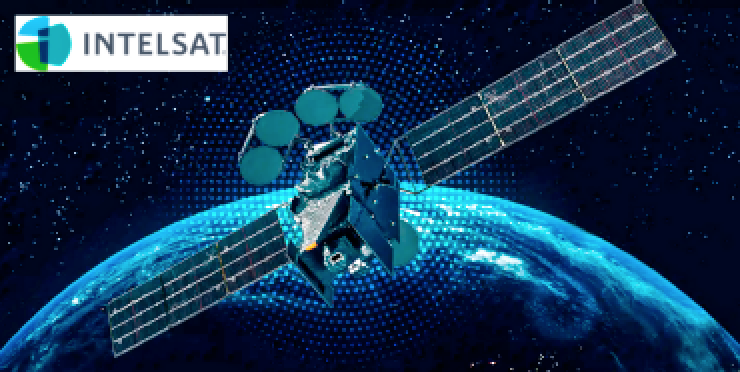
The Falcon 9 first stage booster supporting this mission previously launched CRS-26, OneWeb Launch 16, and one Starlink mission.
Following stage separation, the Falcon 9’s first stage successfully landed on the A Shortfall of Gravitas droneship stationed in the Atlantic Ocean.
“The IS-40e high-throughput technology serves as a significant commitment to our North American commercial aviation, mobility and network customers,” said “As we continue to refresh our fleet of satellites and add capacity, Intelsat is focused on providing the best value and service for our customers and their end users. The satellite also includes a NASA payload that will be the first instrument to monitor air pollution across North America from geostationary orbit.” — Dave Wajsgras, CEO at Intelsat.
AAC Clyde Space receives avionic orders
AAC Clyde Space has received orders for the company’s Starbuck power system and Sirius computers from several customers amounting to a total of approximately SEK 20.1 million.
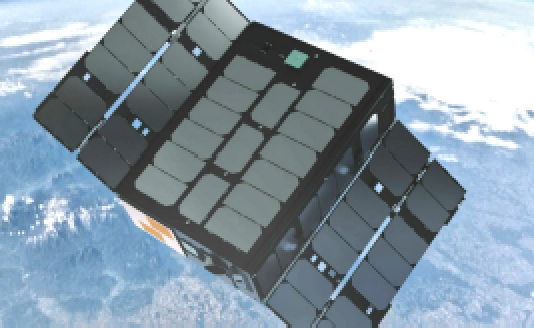
The orders are scheduled for delivery from Q4 2023 until mid-2024.
AAC Clyde Space’s SmallSat PCDU (Power Conditioning and Distribution Unit) solutions and Sirius computers have demonstrated impressive capabilities in space, gaining a market reputation for reliability, resiliency and performance.
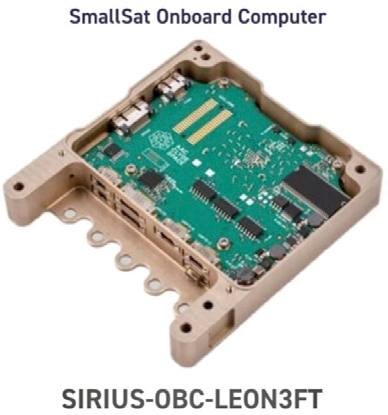
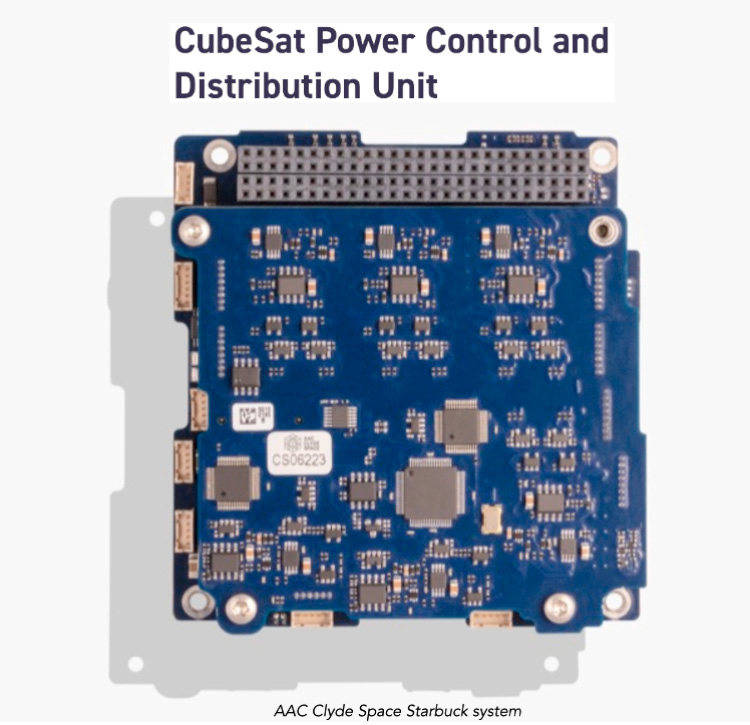
With their modular design, the solutions can be used and adapted for an array of different applications stretching from lunar exploratory and deep space scientific missions to military and commercial constellation applications.
“We are proud to continue to win orders for our Starbuck power systems and Sirius computers. Their proven reliability, modular design, and flexibility are key characteristics for their popularity among our customers. We have had a great start first quarter of 2023 with press released orders amounting to SEK 80.5 million. “ — AAC Clyde Space CEO, Luis Gomes
D-Orbit’s receives 26 million euros ESA contract
D -Orbit, a space logistics and orbital transportation company, has signed a 26 million euros contract with the European Space Agency (ESA) for IRIDE, a space-based observation program initiated by the Italian government.
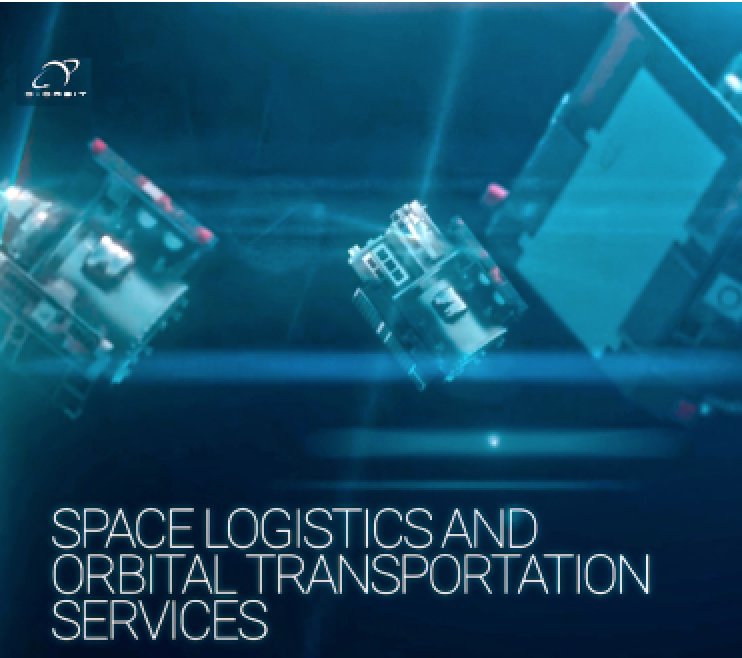
The program will leverage national competencies and responsibility with the support of the European Space Agency (ESA), which will manage the project, and the Italian Space Agency (ASI) under the framework of Italy’s National Recovery and Resilience Plan (PNRR).
The program, developed under the framework of Italy’s Space National Recovery and Resilience Plan (PNRR), will lead to an Earth observation constellation that will monitor critical infrastructure, air quality, and meteorological conditions.
According to the contract, D-Orbit will provide one SAR (synthetic aperture radar) satellite and will manage its flight operations segment on behalf of the end-user.
The deal also includes an option for an additional SAR satellite, worth 24 million euros.
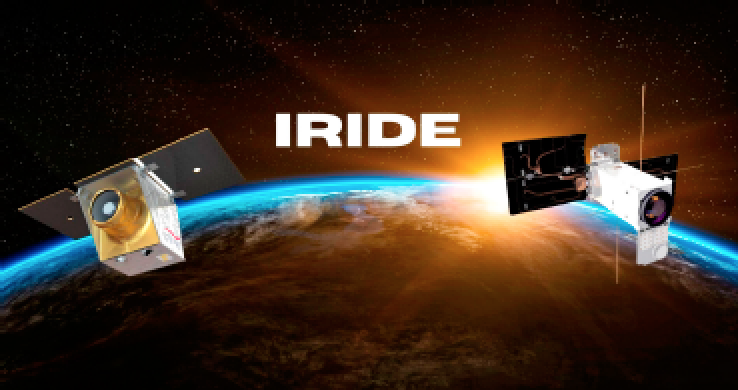
The SAR sensor will be implemented by MetaSensing, an Italian company specializing in advanced radar technologies.
The IRIDE program will consist of a satellite constellation, ground operational infrastructure, and services for the Italian public administration.
The satellite constellation, which will be launched between 2025 and 2026, will use various detection techniques and technologies, including microwave and optical imaging in different frequencies, and will provide data for applications in commercial startups, SMEs, and industry.
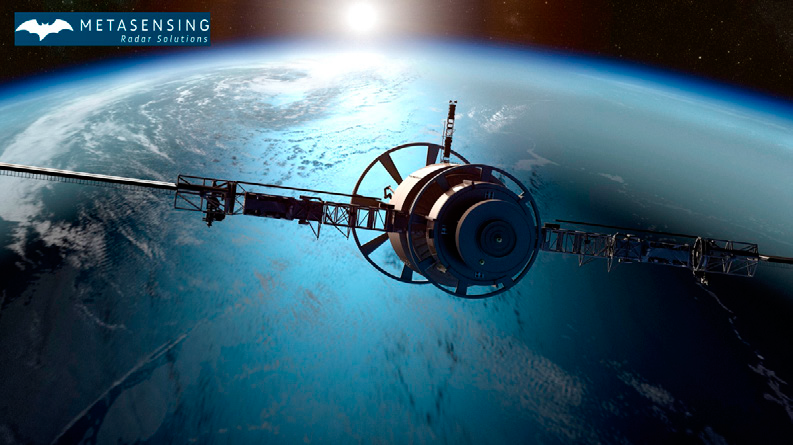
“We are proud of this contract which perfectly fits into our Satellite as a Service line of business,” said Stefano Antonetti, D-Orbit VP Business Development and Institutional Sales. “Since inception, our successful partnerships with esteemed organizations like the European Space Agency and the Italian Space Agency have paved the way for our company’s growth, allowing us to participate in cutting-edge research and development initiatives while making a significant social impact.”
“The IRIDE project represents a great achievement for MetaSensing and a key step for the StarSAR-X, our high- performance X-band radar system” said Adriano Meta, CEO and founder of MetaSensing, “and we are proud to provide our contribution to such a large and performant Italian constellation.”
IRIDE will support the Italian Civil Protection and other organizations in monitoring critical infrastructure, air quality, and meteorological conditions.
The PNRR has allocated about 2 billion euros economy as part of its Digitalization Mission.
A New Adventure For The AcubeSAT Team
Five students from the AcubeSAT team, participating in the 3rd edition of ESA’s Fly Your Satellite! program, have traveled from their home base in Thessaloniki, Greece, to the CubeSat Support Facility (CSF), in ESA ESEC, Belgium, to conduct environmental testing on their On-Board Computer/Attitude Determination & Control System (OBC-ADCS) board.
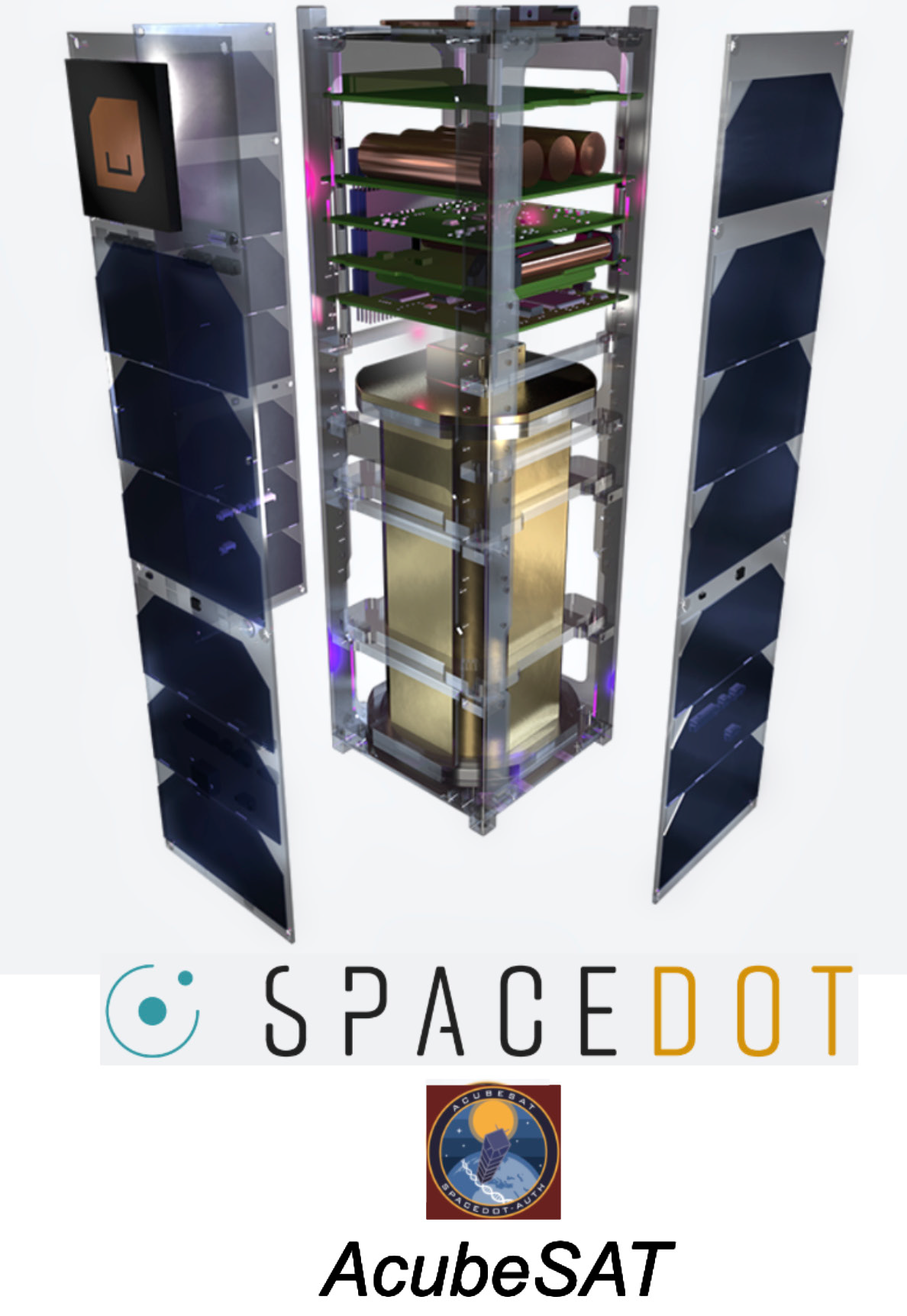
AcubeSAT is a project by SpaceDot, with a multidisciplinary team of students, primarily from the Aristotle University of Thessaloniki with members from various Greek and European universities.
AcubeSAT is a three units CubeSat that is under development to investigate eukaryotic cells’ molecular behavior under the microgravity and radiation conditions of LEO.
The smallsat will contain many components that have been designed by the students themselves, including the OBC-ADCS.
This gives students a wealth of experience but comes with the additional challenges of using in-house solutions.
Hence, a series of rigorous tests need to be performed to ensure the success of the AcubeSAT mission and spot possible issues before being launched into orbit.
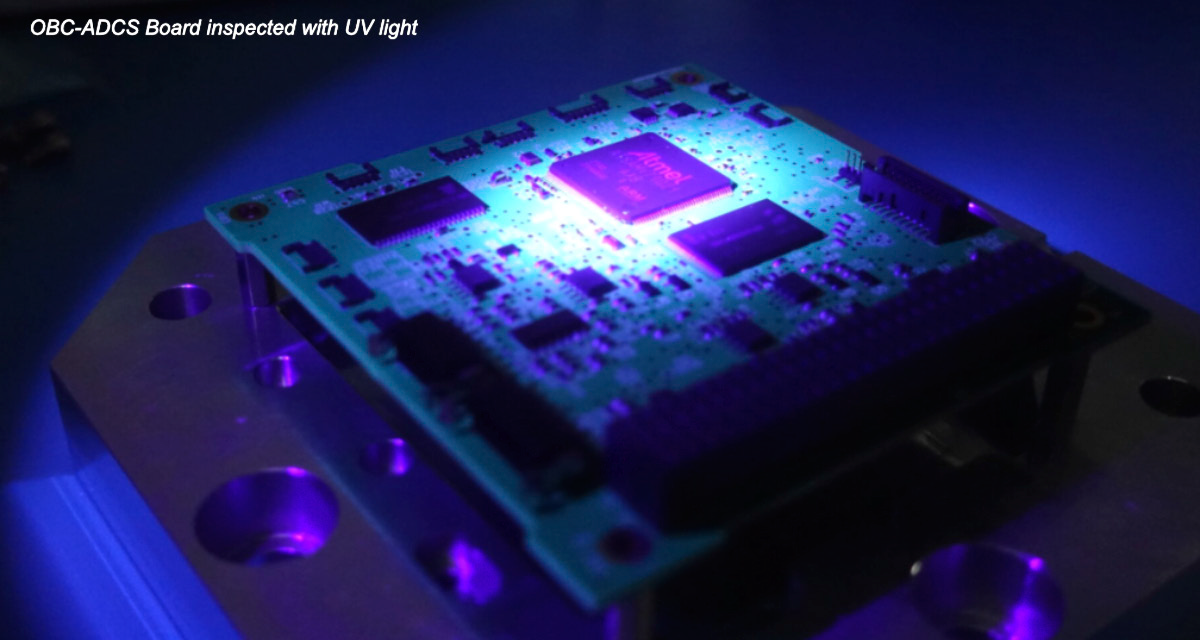
The tested item is the OBC - A DCS board which is responsible for controlling all basic spac ecraf t functions and handling the Communication with all the other subsystems.
The ADCS subsystem hosted on this board is responsible for stabilizing the spacecraft and controlling its orientation.
The Environmental Test Campaign is composed of a Vibration Test and a Thermal Vacuum Chamber (T VAC) Test.
The key concept of the campaign can be represented by CSF testing mantra: ‘Test as you fly, fly as you test! ’.
Therefore, the OBC-ADCS board was subject to vibration testing, as it recreates the launch conditions, before going to the TVAC testing, simulating the on-orbit environment.
The item was first unpacked, carefully visually inspected, and functionally tested.
After test sensors were installed and the board was placed into the test adapter, it was subjected to different types of vibration tests to simulate the environment of the rocket and to verify that the OBC-ADCS board can withstand such loads.
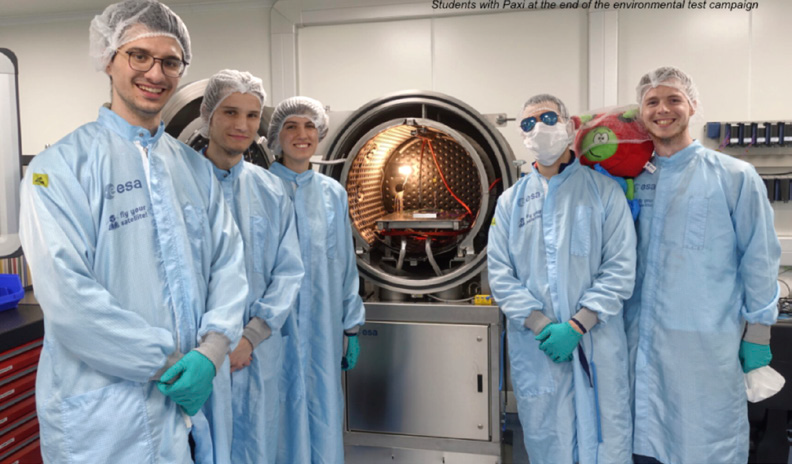
Testing was performed in all three axes of the spacecraft to ensure the structural integrity of the sub-system.
With no issues spotted, the vibration testing was deemed successful granting the ticket to the next phase, the TVAC test campaign.
On the third day, the preparation for TVAC testing started with a cleaning process and the installation of thermocouples on both OBC and ADCS side.
Due to some anomalies, and despite the best effort of the teams, only a limited test could be performed.
The students were able to adjust admirably to performing lab work and responded excellently under pressure, without losing heart in the face of unexpected events, but instead being always proactive in seeking a solution.
Following the travel back to Thessaloniki, the team will investigate and correct the issues in view of a future re-qualification at the CSF in the near future.
ClearSpace and LeoLabs sign an MOU
ClearSpace, the on-orbit satellite servicing company, has engaged in a memorandum of understanding (MOU) with LeoLabs, a commercial provider of Space Situational Awareness (SSA) and Space Traffic Management (STM) services.
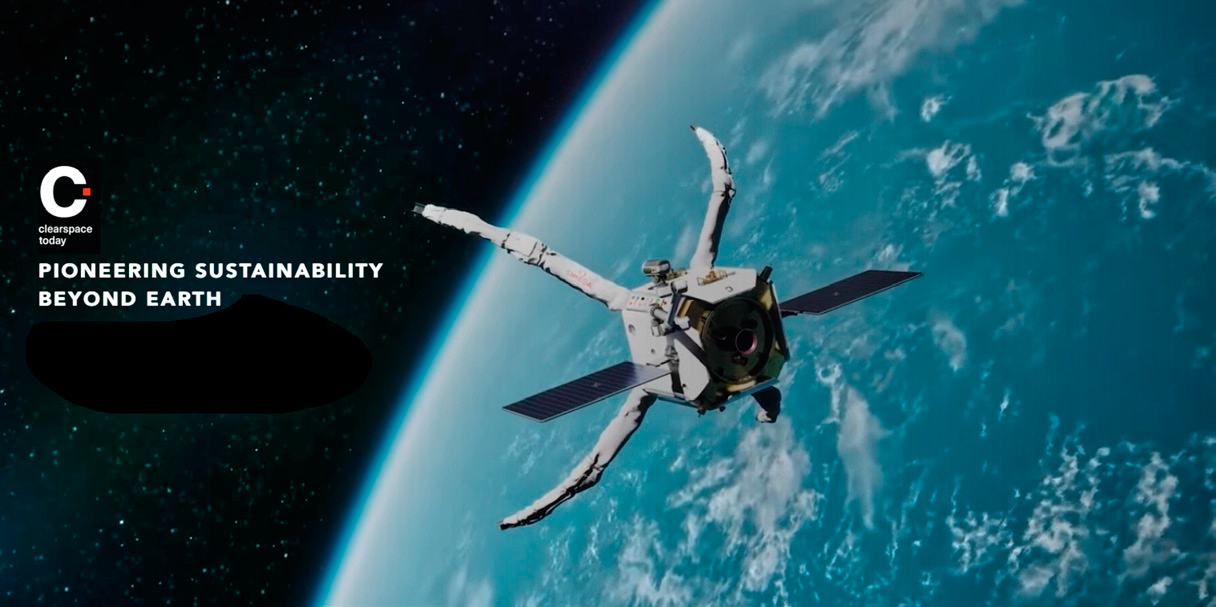
The MOU recognizes the two companies’ shared vision of a safe and sustainable space ecosystem and their mutual efforts in making this vision a reality.
This strategic partnership comes at a time when both companies are finding commercial success within government and industrial markets.
As examples, in 2022 ClearSpace received a Phase B demo contract from the UK Space Agency to demonstrate its active debris removal technology — LeoLabs received a contract to help support the development of a U.S., civil-led, STM prototype from the U.S. Department of Commerce.
This partnership signals a desire to build on this mutual success and previous collaborative efforts, such as the joint LEO Kinetic Space Safety Workshop — hosted in May of 2022 at EPFL (Ecole Polytechnique Fédérale, Lausanne). The MOU also serves as a formal declaration of ClearSpace and LeoLabs’ intent to work together on several new initiatives.
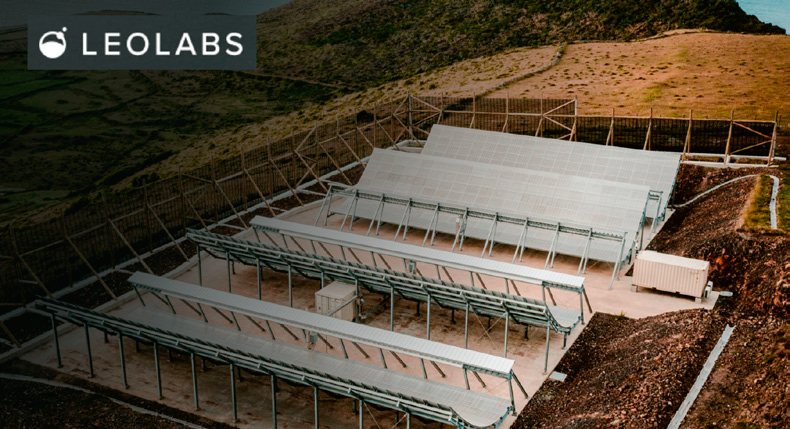
These initiatives include thought leadership opportunities that promote space safety and responsible stewardship of the space environment, as well as business opportunities that promote their services and programs.
In addition, they have agreed to exchange advisory board appointments, with Dr. Timothy Maclay from ClearSpace becoming a member of LeoLabs’ Commercial Strategic Advisory Board and LeoLabs’ Dr. Darren McKnight joining ClearSpace’s Advisory Board.
“With the acceleration of commercial space activity, the industry is developing approaches to create a more circular space ecosystem,” said ClearSpace CEO and Co-founder Luc Piguet. “LeoLabs is providing data and services that are critical to operational safety, and we are excited to be working with them to address comprehensively the complex challenges of space safety and sustainability.”
“As the traffic in low Earth orbit grows, innovative, scalable solutions are needed, including active debris removal technologies and in-orbit servicing,” said LeoLabs CEO Dan Ceperley. “ClearSpace is an industry leader in both, and we’re proud to kick off a partnership with them to build a safer, more sustainable future in space.”
This strategic par tnership bet ween ClearSpace and LeoLabs will catalyze the development of ef fective, multi-faceted strategies to address the growing debris problem in space and mitigate the risks posed to operational spacecraft.
cosine celebrates their 25th anniversary
Dutch company cosine is celebrating their 25th anniversary this year. Founded in 1998, and located 15 minutes from the European Space Agency (ESA), the company offers extensive, on-orbit experience accumulated over the years with many of their projects scheduled to launch over the next 12 months.
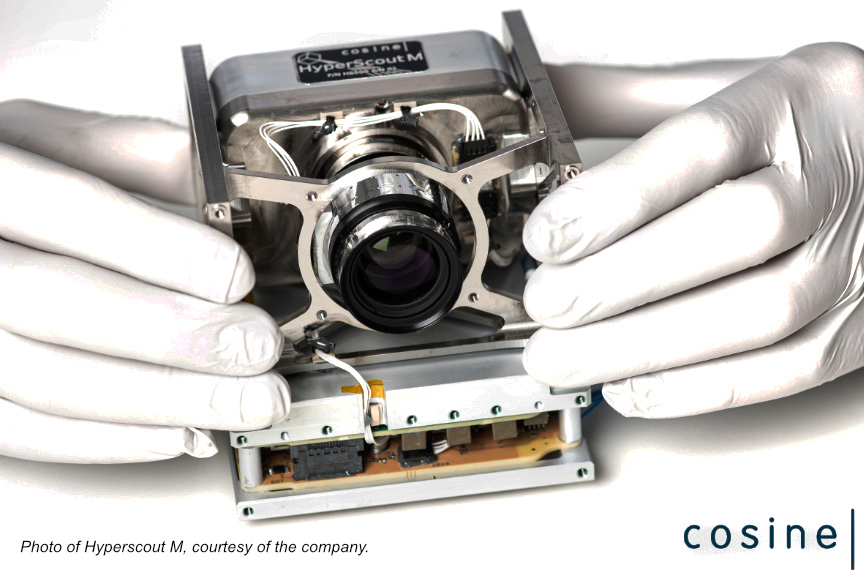
cosine is best known as a leader in the development of the Silicon Pore Optics (SPO) for ESA’s Athena mission and for measurement solutions with onboard processing, such as the HyperScout hyperspectral imagers. The company has been developing and delivering innovative measurement systems for space and industrial applications since 1998.
cosine combines physics and technology to deliver out-of- the-box solutions to their clients who use these products in the scientific, industrial, medical, environmental, energy, agri/food, security, semiconductor, and space markets.
The firm operates 1.000 m2 of cleanrooms and high-tech assembly facilities to build and test the systems that are produced at the headquarters in Sassenheim, The Netherlands.
A Milestone + A Turning Point
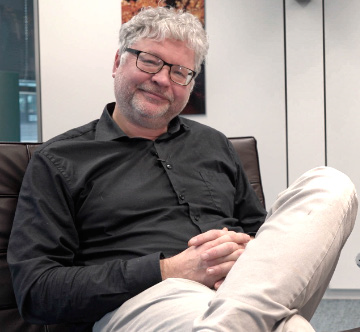
Professor Dr. Marco
Beijersbergen
Professor Dr. Marco Beijersbergen, founder of cosine and one of the managing directors, believes that 2023 will be an exciting year as well as a turning point for the company. “This is a milestone. Twenty-five years ago, I had the idea to start a company to bring the science, engineering, and manufacturing worlds together. Today, we have fully made this transition for our remote sensing instruments: we have been developing and doing studies for all different kinds of remote sensing missions in space,
but also on drones, aircraft, etc. Since 2005, we have been involved in ESA missions of all kinds: planetary remote sensing, Earth observation remote sensing, and many astronomy missions with imaging with all different types of technologies. Then, we went into more specific instrument design and technology development. Based on that, we now have our own instrument lines. In addition to developing instruments, we now also build them, organize the manufacturing, and sell them to customers. The year 2023 should be the year in which more and more customers buy and use an off-the-shelf HyperScout instrument to achieve their goals. This process has already started, but this year it will really take off.”
Dr. Beijersbergen added, ”In 2023, we should also have all the capabilities to produce the advanced type of optics that is SPO. We will have the infrastructure in-house to manufacture the mirrors for the Athena mission. It also means that we will now have the capabilities in-house to do the manufacturing of different types of optics. Therefore, I think 2023 will also bring us to the stage where we can use this knowledge and these capabilities to develop other exotic optics. We have been working on remote sensing instruments that make use of lasers for years. In 2023, we will finish a prototype that demonstrates most of the new technology that is required for this. We will not be able to fly it this year, but it is major step towards the next generation of remote sensing instruments beyond HyperScout.”
ESA has contributed to the high-tech equipment in these facilities in suppor t of the development of Silicon Pore Optics. This infrastructure can enable many additional oppor tunities.
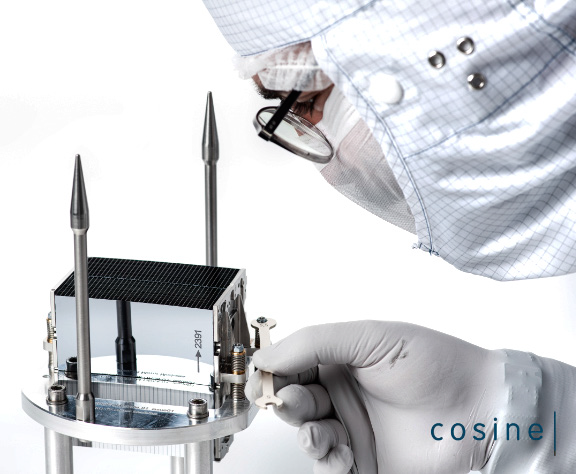
“The year, 2023, will also be about telling our story,” said Beijersbergen. “People who visit cosine always say that our offices and facilities look quite different than what they had imagined. They expected a small technology company with a few people working in labs. Many did not realize that we have extensive offices and meeting rooms, spacious cleanrooms, production capabilities, and optics and environmental testing facilities. In addition to doing research and development, we also take it all the way to manufacturing and testing. This year should bring a better understanding of cosine to the outside world, because we are more actively showing who we are and telling our story.”
After 25 years, cosine has reached a state of full maturity. In 2023, multiple space missions will include a cosine instrument. To kickstart the year, HyperScout M, the most compact and miniaturized version of the HyperScout product line, participated in VirginOrbit’s LauncherOne rocket launch in early January. Even though the rocket did not achieve orbit, this was an historic, first ever event — the first orbital launch from Western Europe.
The cosine instrument was integrated into a Prometheus-2 6U CubeSat, which was to help the UK Defence Science and Technology Laboratory (Dstl) pave the way for a more collaborative and connected space communication system. Thales Alenia Space has also adopted the HyperScout M as a high-performance Earth Observation (EO) sensor of choice to unlock new, on-orbit, climate data applications to gather unparalleled insights.
The hyperspectral imager will be launched into space and will collect EO data on board the International Space Station (ISS). Additionally, this year, South Australia’s first satellite, Kanyini, will be launched into LEO with HyperScout 2 on board. This three-in-one instrument combines hyperspectral and thermal imaging with high-level data processing and Artificial Intelligence (AI) capabilities. The imager will enable a highly detailed analysis of land cover to support the monitoring of natural disasters such as floods, forest fires, desertification, ice detection and monitoring, crop monitoring, change detection and change classification.
cosine is ready to develop and deliver a HyperScout in only a few months as additional missions come online.


